As a car enthusiast, I’ve always been fascinated by the Nitto vs Toyo debate when it comes to choosing the perfect tire brand for my vehicle.
In this post, we’ll delve into the depths of these two renowned tire brands, examining their rich histories and evaluating their performances in dry, wet, and snowy conditions.
We’ll also explore their mileage warranties, average lifespan, prices, and uncover their respective pros and cons.
By the end, you’ll have a clear understanding of which brand reigns supreme in the Nitto vs Toyo battle.
So, let’s dive in!
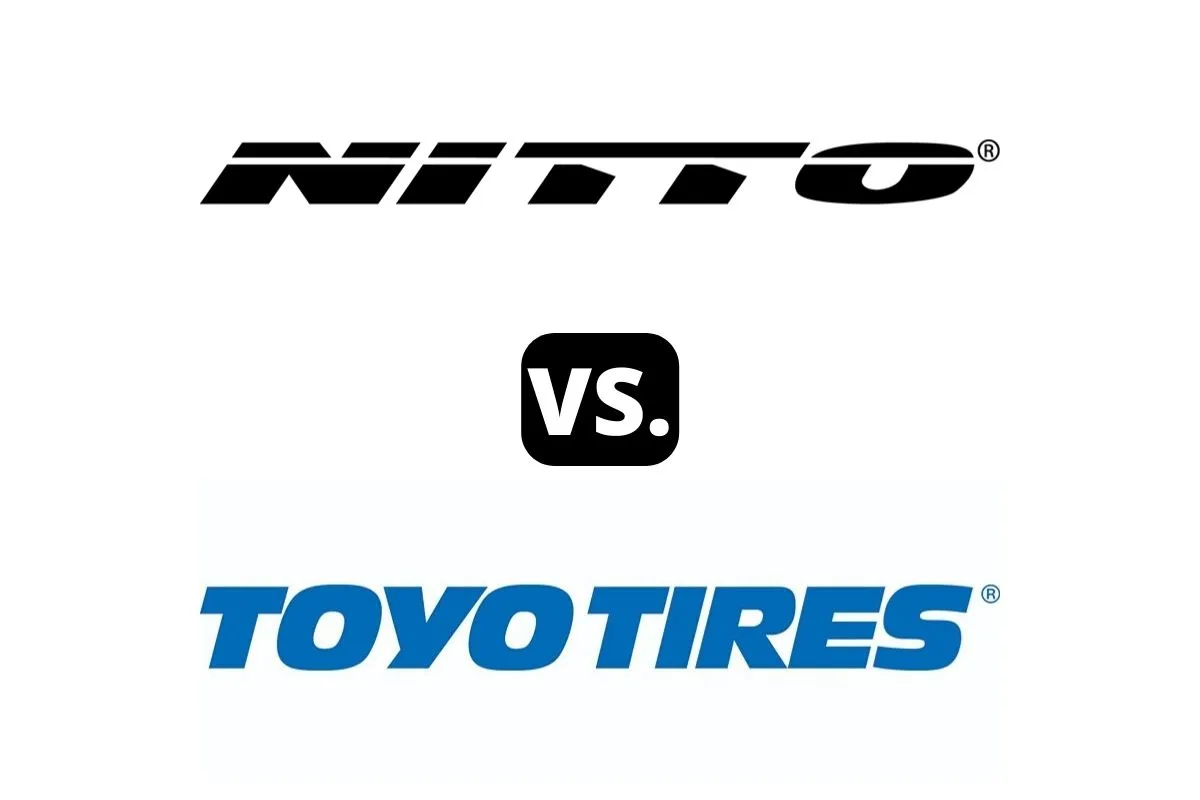
Nitto vs Toyo – Comparison Table
| Nitto | Toyo | |
| Country of Origin | Japan | Japan |
| Year Founded | 1949 | 1945 |
| Made In | Bartow County, GA, China, Japan, and Malaysia | Japan, Malaysia or the United States |
| Parent | Toyo Tire Corporation (Japan) | Toyo Tire Corporation (Japan) |
About the Brands

1. Nitto
Nitto is a renowned tire brand with its roots in Japan.
Founded in 1949, it is now a subsidiary of the Toyo Tire Corporation since the acquisition in 1979.
Nitto has built a solid reputation for producing high-quality tires that deliver exceptional performance and reliability.
Over the years, the brand has gained recognition globally for its innovative tire technologies and cutting-edge designs.
Nitto offers a diverse range of tires, catering to various vehicles, including passenger cars, SUVs, and light trucks.
With a commitment to excellence, Nitto consistently emphasizes research and development to meet the ever-evolving demands of the automotive industry.
Today, Nitto tires are sought after by drivers who seek superior traction, handling, and durability.
With its Japanese heritage and affiliation with Toyo Tire Corporation, Nitto continues to be a trusted and respected name in the tire industry.
Mostly Known for Manufacturing Tires For:
- Passenger cars
- Light trucks
- Sports utility vehicles (SUVs)
- Crossovers
- High-performance cars
- Off-road vehicles
- Side by side vehicles
2. Toyo
Toyo Tire Corporation, a renowned Japanese brand, has a rich history dating back to its establishment in 1945.
Founded in Japan, Toyo has grown to become a leading global tire manufacturer.
Operating under the parent company Toyo Tire Corporation, they have built a reputation for providing high-quality tires for a diverse range of vehicles.
Over the years, Toyo has developed advanced tire technologies and innovative designs to meet the evolving needs of drivers around the world.
With a strong commitment to performance, safety, and durability, Toyo has become a trusted choice for drivers seeking reliable tires.
With its Japanese heritage and global presence, Toyo continues to push the boundaries of tire engineering, ensuring exceptional performance and driving experiences for customers worldwide.
Mostly Known for Manufacturing Tires For:
- Passenger cars
- Light trucks
- SUVs (Sport Utility Vehicles)
- High-performance cars
- Luxury cars
- Family cars
- Trucks
- Buses
Differences
1. Dry Performance
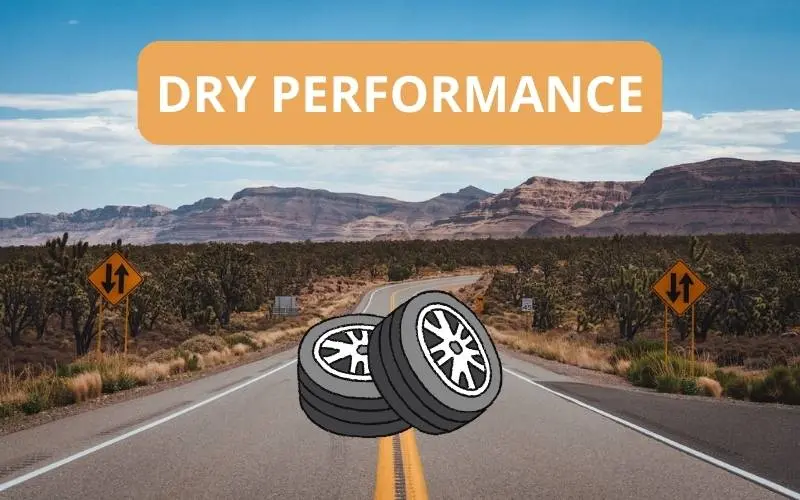
I’m going to compare the performance of two summer tires as they are the ideal type in dry weather.
I’m taking a look at the Nitto NT555 G2 vs the Toyo Proxes R1R.
As someone who has extensively researched and personally evaluated the dry performance of both the Nitto NT555 G2 and the Toyo Proxes R1R, I would rate the Nitto NT555 G2 slightly higher with a score of 4.5 out of 5.
This tire excels in cornering grip, responsive steering, handling, and quick acceleration in dry and hot conditions.
Its tapered tread blocks enhance traction and stability, making it an excellent choice for confident and spirited driving.
While the Toyo Proxes R1R also offers exceptional dry traction and handling, both tires are closely matched, resulting in a tie for dry performance.
2. Wet Performance
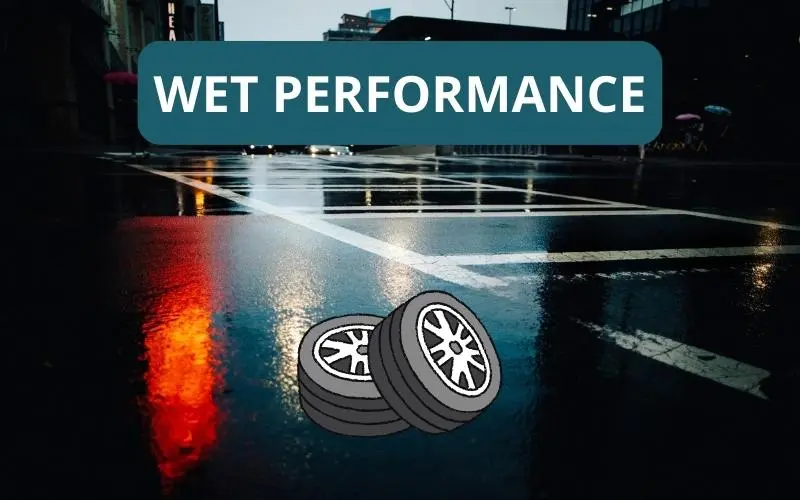
For the wet performance, I’ll be comparing the Nitto Motivo vs the Toyo Proxes Sport A/S.
In my evaluation, I have given the Nitto Motivo tire a wet performance rating of 4.3 out of 5.
It offers good wet traction and handling, thanks to its all-season design and new silica rubber compound.
However, it may not be as competitive as newer options.
On the other hand, the Toyo Proxes Sport A/S tire achieved a wet performance rating of 4.6 out of 5.
It excels in wet braking and features enhancements like dynamic taper and improved rib design.
Therefore, the Toyo Proxes Sport A/S tire emerges as the winner in terms of wet performance.
3. Snow Performance
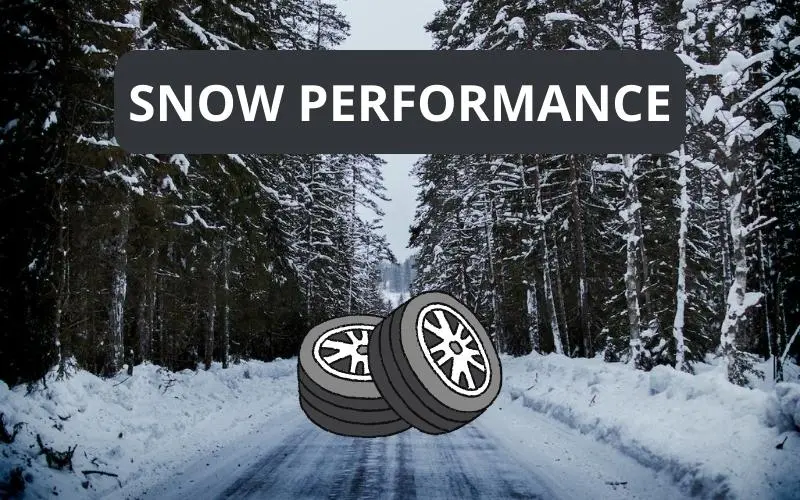
We all know that you need dedicated winter tires if you’re going to be driving on harsh winter conditions.
That’s why I’ll be comparing the snow performance of two specialized winter tires – Nitto SN2 Winter vs Toyo Observe GSi-6.
In my evaluation as a tire expert, I have rated the Nitto SN2 Winter tire with a snow performance rating of 4.4 out of 5.
This rating suggests that it offers reliable snow performance due to its silica-enhanced tread compound, symmetrical tread pattern, and lower freezing temperature technology.
On the other hand, the Toyo Observe GSi-6 tire received a snow performance rating of 4.5 out of 5.
Its Microbit studless technology, serrated stability ribs, high-grip silica compound, aggressive tread design, and good snow performance contribute to its reliable snow performance.
Considering these ratings, the Toyo Observe GSi-6 tire slightly outperforms the Nitto SN2 Winter tire in terms of snow performance.
4. Mileage Warranty and Tread Life
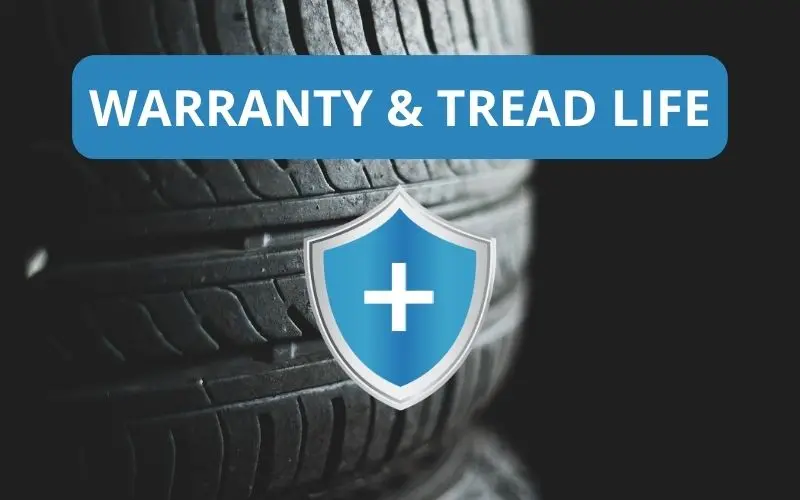
| Nitto | Toyo | |
| Treadwear Warranty | up to 75,000 mile tread life warranty | up to 65,000 miles tread life warranty |
| Average Tread Life | On average, Nitto tires can last anywhere between 40,000 to 60,000 miles. | The actual lifespan of Toyo tires can range from 40,000 to 60,000 miles. |
Based on my research, the Nitto tires come with a treadwear warranty of up to 75,000 miles, while the Toyo tires have a treadwear warranty of up to 65,000 miles.
On average, the lifespan of Nitto tires falls between 40,000 to 60,000 miles, which is similar to the actual lifespan of Toyo tires.
Both brands offer tires that can last a decent amount of time, ensuring good value for your investment.
5. Prices
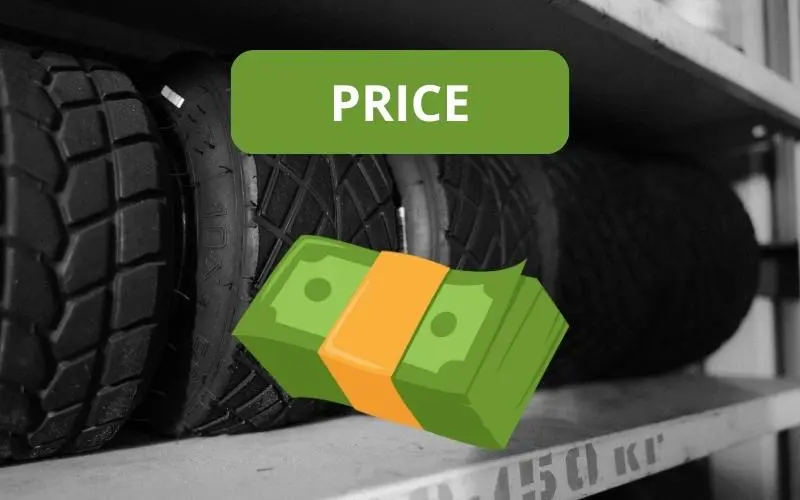
In this section, I’ll be taking a look at the price ranges of both tire brands – Nitto vs Toyo.
I’ll be using one of the biggest tire and wheel retailers in the US for this comparison – Discount Tire.
Here is a comprehensive table that showcases each brand has to offer:
| Nitto | Toyo | |
| Average Price Range (Discount Tire) | $97 to $1,447 /ea | $82 to $1,030 /ea |
| Cheapest Tire (Discount Tire) | Neo Gen goes from $97 – $352 /ea | Extensa HP II goes from $82 – $253 /ea |
| Most Expensive Tire (Discount Tire) | Trail Grappler M/T goes from $279 – $1,447 /ea | Open Country M/T goes from $297 – $1,030 /ea |
6. Pros and Cons
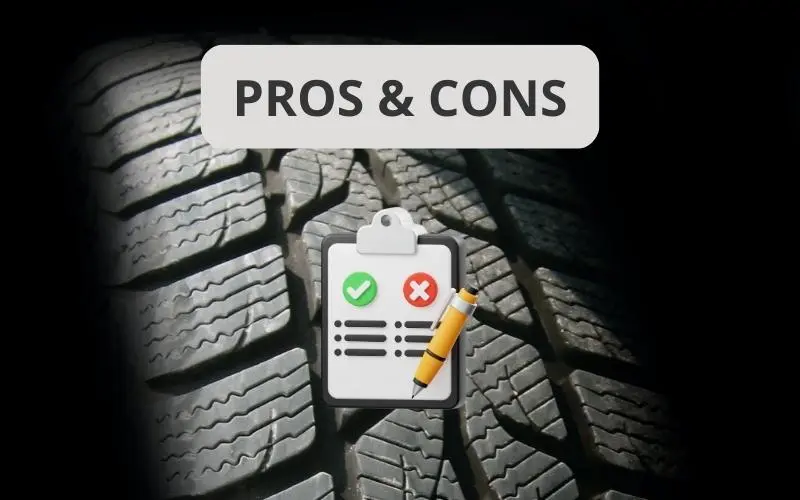
Nitto
| Pros | Cons |
| ✔ Wide range of tire options for different types of vehicles, including passenger cars, SUVs, and trucks | ❌ Some of their tires can get very expensive |
| ✔ Generally considered to be of good quality, offering durability and reliability | |
| ✔ Solid performance tires |
Toyo
| Pros | Cons |
| ✔ Generally considered to be of high quality, offering durability and reliability | ❌ Some of their tires can get expensive |
| ✔ Toyo offers a wide range of tire options for different types of vehicles and driving needs, including all-season, summer, and winter tires | |
| ✔ Excellent traction and handling in rugged terrain |
7. Popular Tires

Here are some notable tires from Nitto:
- NT555 G2
- Terra Grappler G2
- Motivo
Some of Toyo’s best tires are shown below:
- Proxes Sport
- Open Country A/T III
- Extensa A/S II
Which Is the Better Brand Overall?

Based on extensive research and evaluation, I would declare Toyo as the better pick overall.
While Nitto excels in dry performance, Toyo surpasses in wet performance with its Proxes Sport A/S tire.
Additionally, Toyo’s Observe GSi-6 tire slightly outperforms Nitto’s SN2 Winter tire in snow performance.
Both brands offer similar mileage warranties and lifespans.
While Nitto has a wider range of tire options, Toyo is also known for its durability and reliability.
Considering all factors, Toyo emerges as the winner.